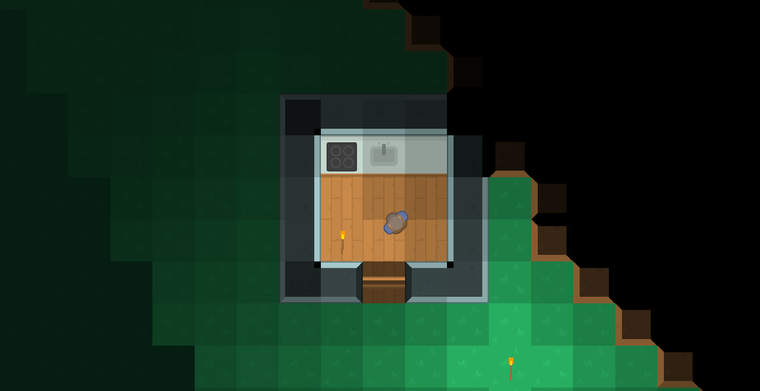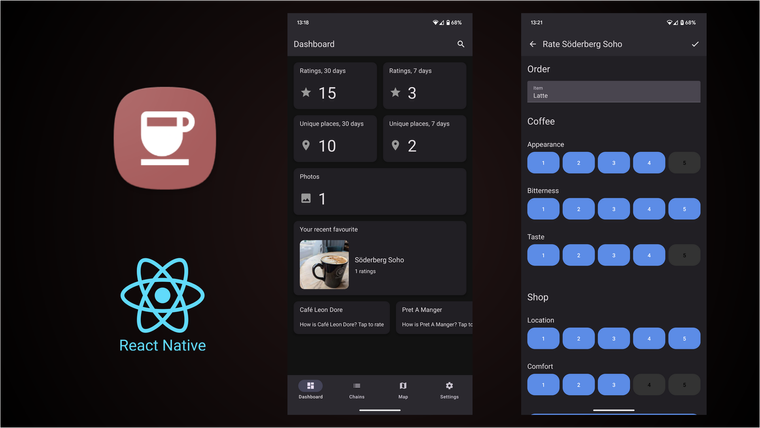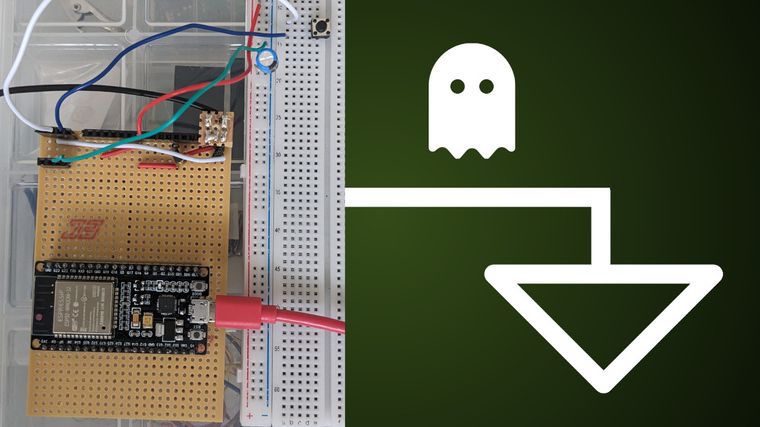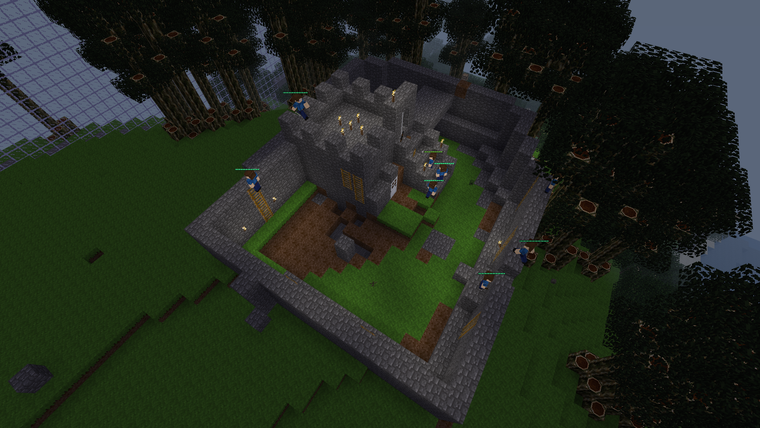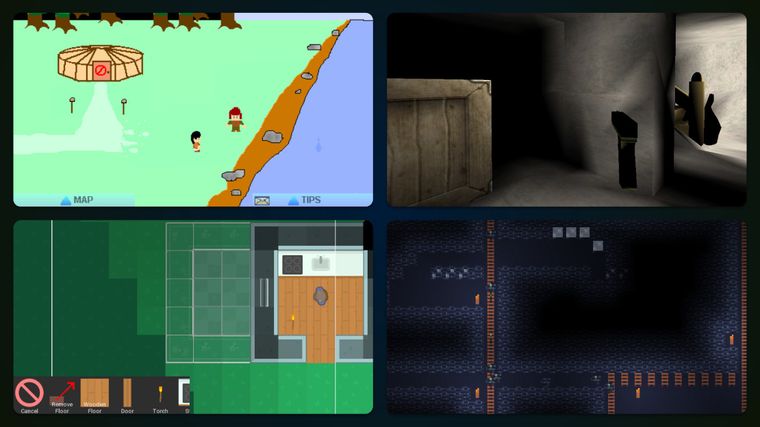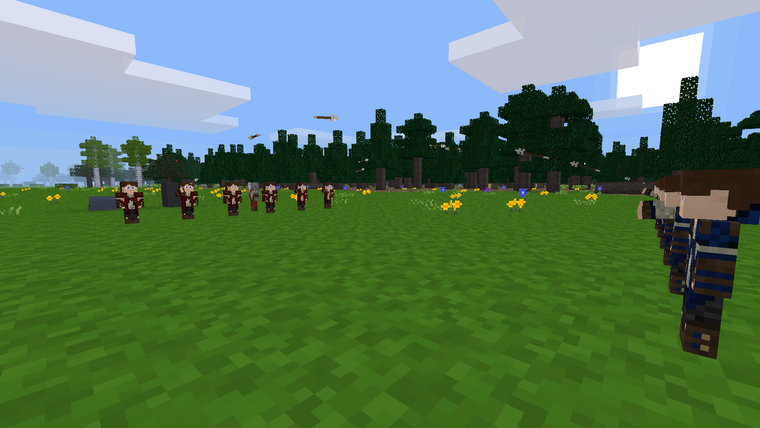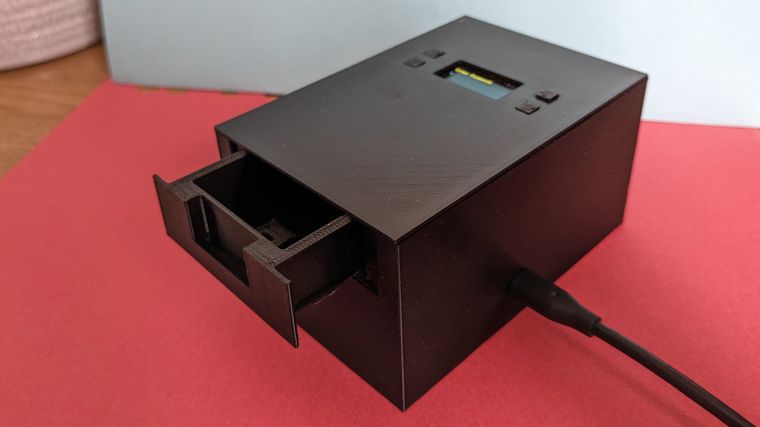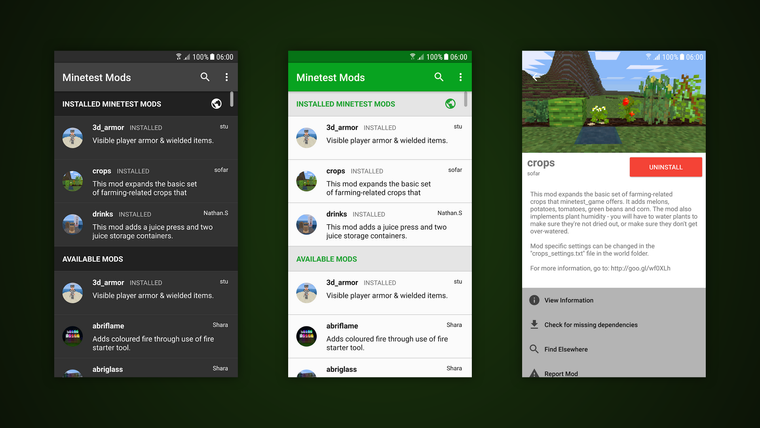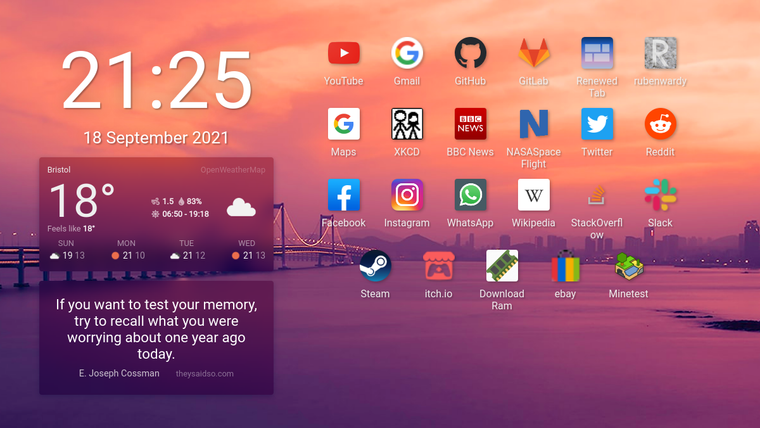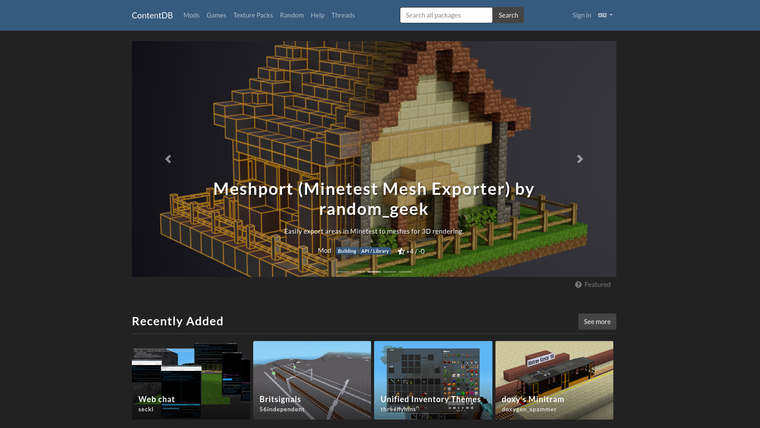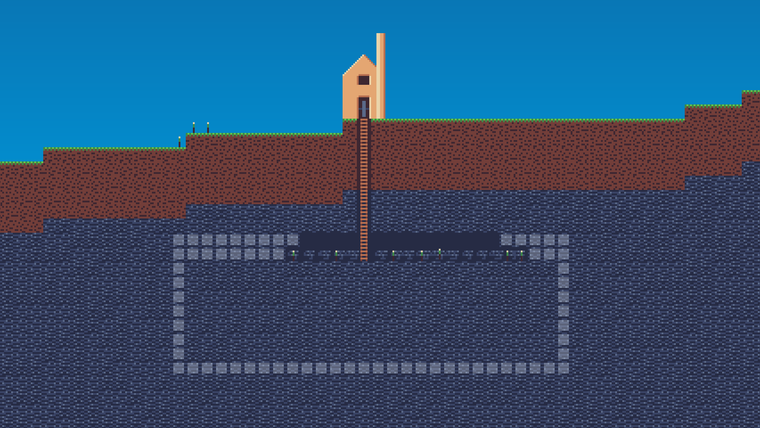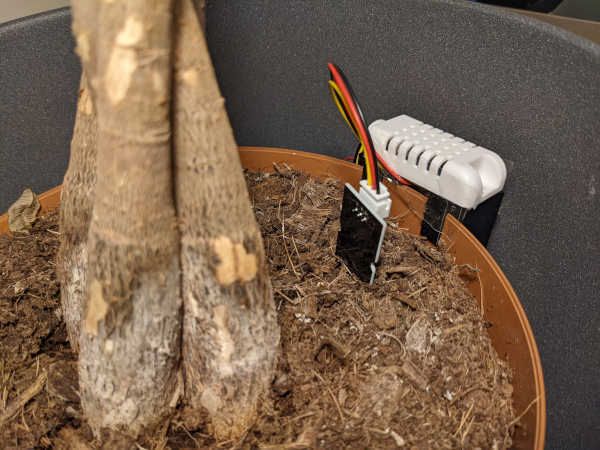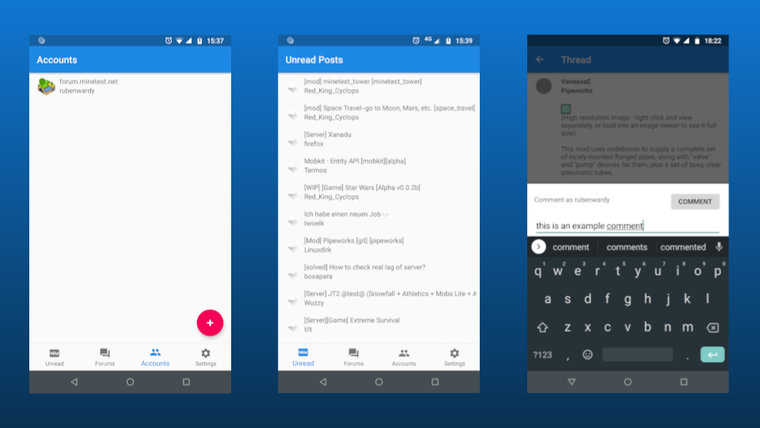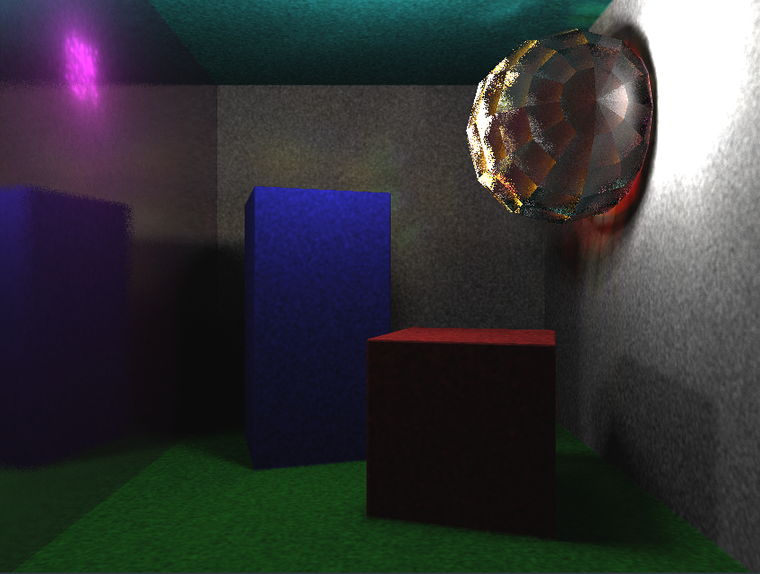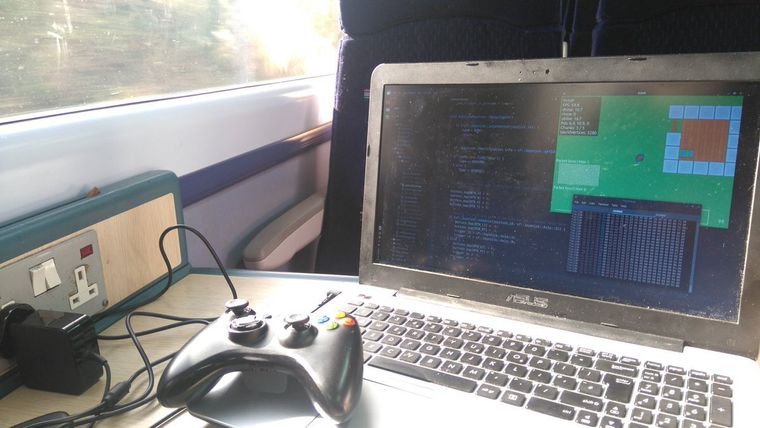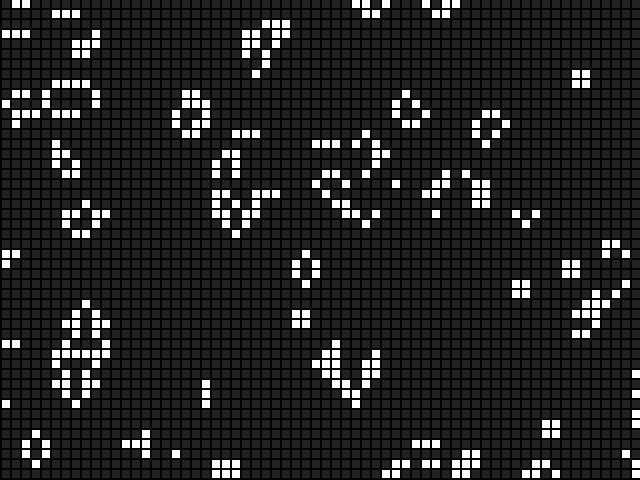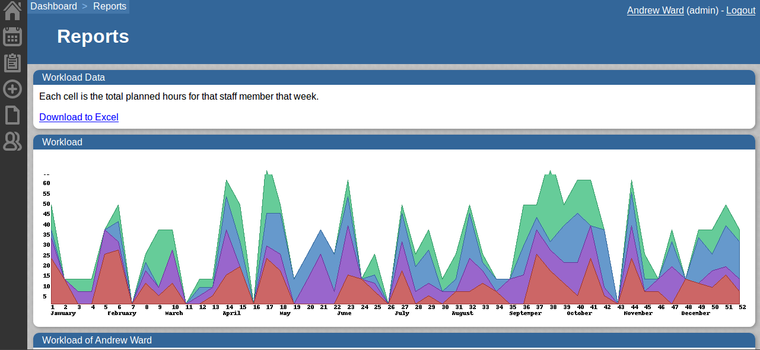Andrew
Ward
rubenwardy

Hi, I'm Andrew Ward. I'm a software developer, an open source maintainer, and a graduate from the University of Bristol. I’m a core developer for Luanti, an open source voxel game engine.
My eventual goal with electronics is to create autonomous robots and drones; I’d
like to make a quadcopter with my own flight controller that can take off, land,
and follow a target. This will be quite an ambitious project, and I’m nowhere
near capable enough for that yet.
Previously, I created a simple plant monitor that
reported stats to an online dashboard. This allowed me to learn soldering,
stripboards, and 3d printing. To work on future projects, I need to
be able to produce ever more complicated circuits and mechanical designs.
After watching some Lock Picking Lawyer on YouTube, I was inspired to think
about different locking mechanisms. A locking box would be a good experiment
with mechanical design, and if combined with IoT, would be good for electronics
too.
In this article, I will cover how I created my lock box - from the problems I
had, the iterations I made, and the final design I settled on. It’s a bit of a
random project, I didn’t have set goals in mind. I started by exploring
different locking mechanisms, and then moved to focusing on the electronics and
getting it working.
